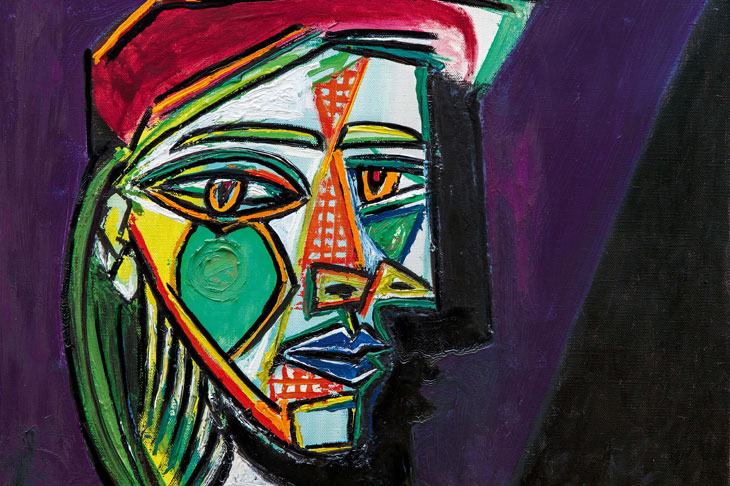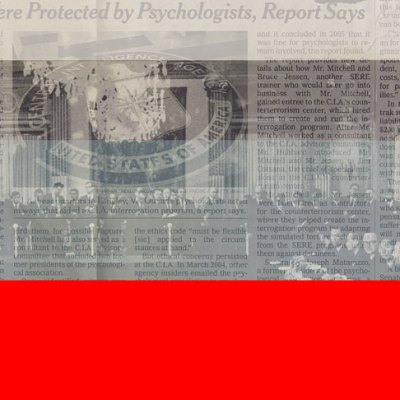It is hard to imagine a work of art more appealing to today’s global super-rich than Picasso’s Femme au béret et à la robe quadrillée (Marie-Thérèse Walter). As Helena Newman, global co-head at Sotheby’s of the Impressionist & modern art department and chair of Sotheby’s Europe, puts it: ‘This defining portrait from a pivotal year in the oeuvre of the most globally recognised artist is the perfect piece to headline our first major season of 2018. It is all the more remarkable to be able to offer a painting of this calibre that has never been seen on the market before.’ Quite.
The portrait was painted on 4 December 1937, at the end of a year that saw Picasso create his most celebrated work, Guernica, as well as his hardly less admired and harrowing series of weeping women, based on his then-mistress Dora Maar. It shares with the latter the artist’s distinctive form of Cubism from that decade – the tense, angular lines, strident colour and bold patternmaking. There is no mistaking the maker here; it is one of the sadder unwritten rules of the art market that only instantly recognisable artists ever bring in the big bucks. The fact that this is a portrait of one of Picasso’s great muses, and the mother of his second child, only adds to the allure.
Femme au béret et à la robe quadrillée (Marie-Thérèse Walter) (1937), Picasso. © Succession Picasso/DACS 2018. Courtesy Sotheby’s

On one level, the subject provides a very accessible biographical backstory, something to talk about if the art itself is too challenging. But it also has deeper significance for an artist whose romantic relationships so often acted as a catalyst for the development of an entirely new pictorial language. What is striking in this painting is that Marie-Thérèse has almost morphed into Dora Maar – just as the artist’s affections were shifting from one to the other. Gone are the voluptuous curves and languid sensuality of the 17-year-old blonde Picasso had met outside the Galeries Lafayette in 1927; here is a grown woman, with the dark hair and lashes and chiselled profile of Maar, whose presence is perhaps also suggested by the shadowy silhouette of a second profile. As the artist told his biographer John Richardson: ‘It must be painful for a girl to see in a painting that she is on the way out.’
It is also remarkable that a painting of this quality should have been so little exhibited (twice, first in Basel in 1986 and then Málaga in 2013) and published. It passed from the estate of the artist when he died in 1973 to the collection of the present European consignor, so could hardly be any fresher to the market. In terms of what it could sell for, it may be compared to the Buste de femme (Dora Maar) (1938) that sold in 2015 for $67.4 million. According to Newman, however, the comparison to be made is less with other Picassos than with the stream of big-name ‘masterpieces’ that have made vast sums in recent years. This one comes to auction in London on 28 February after opening its whirlwind world tour in Hong Kong and Taipei – these days, bids are placed from over 50 countries, although some 30 per cent of bids in evening sales for Impressionist and modern art come from Asia.
‘Never in our history have we seen such global wealth,’ Newman says. Who might buy it? ‘There are 50–100 serious, active collectors out there who might be interested, but an obviously much smaller group will compete.’ The estimate given on request is $50 million, but, as the sale has been guaranteed, there is no doubt that it will find a new home. What it might fetch is the question.
The Impressionist and Modern Art Evenings sale takes place at Sotheby’s London, on 28 February.



